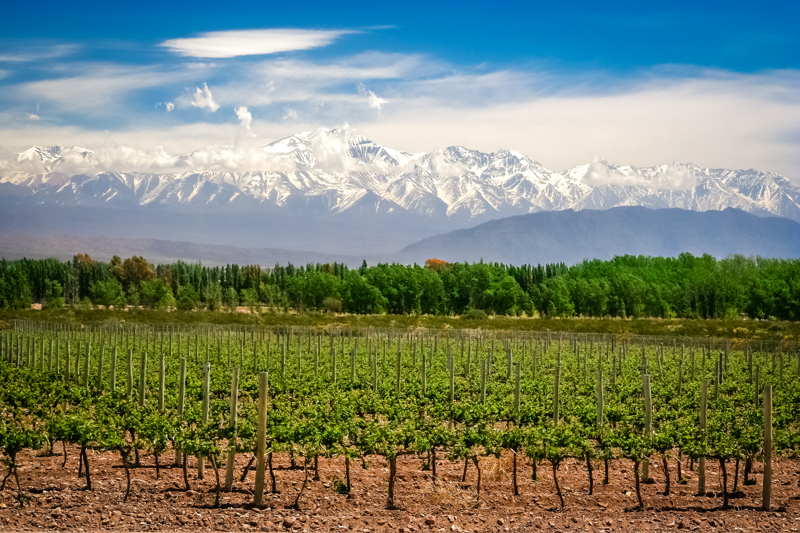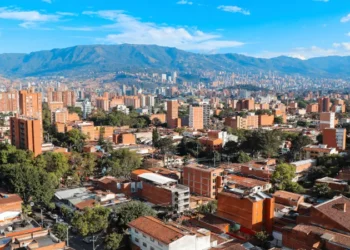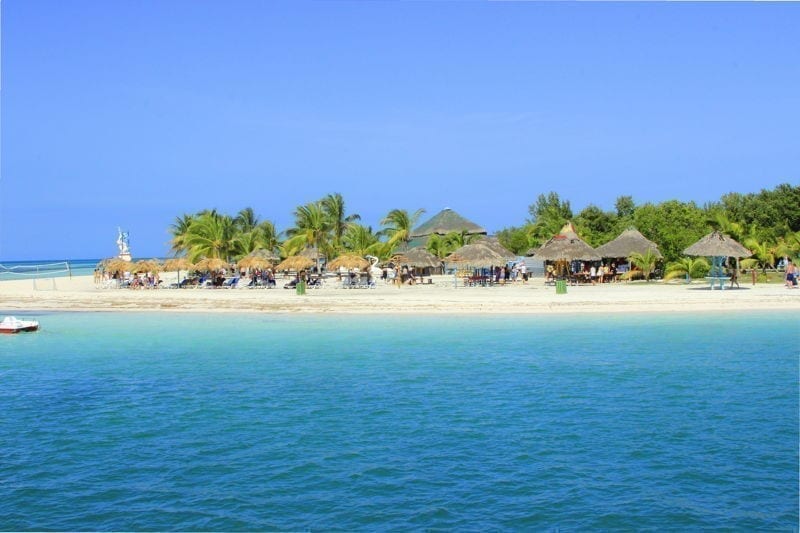In a world of uncertainty, having an escape hatch can help you sleep better.
Everyone’s Plan B will look different. Maybe a nest egg on deposit in an offshore bank account somewhere is all you need to feel comfortable and confident about your and your family’s future.
Or maybe you’re interested in more elaborate apocalyptic planning. Our current global circumstances make the point that a serious end-game backup plan could come in handy.
And, indeed, making sure we’re prepared for a crisis is one of the objectives behind taking our lives offshore in the first place.
One strategy can be to identify a place where you could live completely self-sufficiently. A piece of land where you could grow crops, keep chickens, and maybe make your own wine (a necessity, I’d say, of any reasonable lifestyle). Once an agenda reserved mostly for hippies and New Agers, aspiring to self-sufficiency is an idea that resonates today more than ever.
Someone I know bought a few hundred thousand acres in Argentina where he is establishing his own private, self-sufficient estate, completely off the grid, off the map, and off any public road.
Your escape plan needn’t be so ambitious. A few acres of fertile land could suffice for a small family.
A developer friend is focused on a project in Cayo, Belize, that fits this bill. It’s a community I’ve told you about before called Carmelita Gardens where the owners can be “independent together,” as he describes it.
Living at Carmelita you’re on your own, self-sufficient, with your own micro-farm (if you choose), but part of a like-minded community… so not all alone. The community establishing itself at Carmelita features organic gardens, aquaponic systems, and self-sufficient homes.
When it comes to embracing a self-sufficient lifestyle, location is a primary consideration. You have to be able to get to your land when the crisis comes. This is why one overzealous follower of this philosophy has set himself up in Texas. He has lived overseas but has decided that, in the current climate, he’s better off where he can have some land and the guns to protect it. He doesn’t want to have to leave “home” to get to his safe haven, and he’s expecting to have to fight off others who aren’t as prepared.
The guy in Argentina has the opposite problem. No one is likely to bother him on his ranch the size of a small country, but getting there from wherever he happens to be when a crisis strikes could be a long trip. Once he gets himself and his family to his hacienda compound, though, he’ll be sitting pretty.
Where should you consider for your escape hatch?
It depends on your perspective. If you want to be far, far away from everything, Argentina is a great choice, along with New Zealand, Brazil, Paraguay, and Uruguay. All these countries have plenty of fertile land and relatively few people. The population density in each is 40% to 70% that of the United States. All boast a great deal of arable land per capita, and all are in the Southern Hemisphere, removed from where any war or nuclear strike is likely to hit.
Nearer to home (assuming home is North America or Europe), top options could include a small farm in the interior of Panama. I’ve told you about the community Kathleen and I are developing on the coast in Panama’s Veraguas Province. No, this isn’t a self-sufficient undertaking, per se, but we’ve conceived and engineered our home here as a personal Plan B, a place where we could ride out a storm. And, as soon as Panama opens her borders to international flights… and then opens the bridges to allow travel from Panama City to the rest of the country…
Los Islotes is where you’ll find us
.
The fact that we weren’t able to get ourselves to Los Islotes before border closings made the trip impossible, underscores the reality that no Plan B is foolproof. Thus the need for multiple backups and my efforts over the past 25 years to look for opportunities to spread my life around as much as possible and then to take advantage of every chance for arbitrage my diversified approach creates.
My operational currency is the U.S. dollar… meaning these past several months in Paris, I’ve been spending strong. The current dollar-euro exchange rate translates to enhanced buying power for dollar-holders in this part of the world.
Good French wines, cheeses, and every loaf of baguette we’re indulging in (no, we can’t complain about our quarantine conditions) are all cheaper for us in Paris than they would be in Panama, where a baguette is about 15% more expensive in dollar terms and about 40% as good as the real thing. We can’t go out to enjoy most of what Paris has to offer, but we’re enjoying our super-charged buying power when it comes to food and drink.
A Venezuelan rum that I like is expensive in Paris, but I saw a bottle in Portugal for 30% less last time I was there. Again, I couldn’t resist the pricing arbitrage. The bottle is now sitting on our bar here in Paris.
I shop for clothes and shoes in the United States, where, even if I buy not on sale (painful for me), the cost is generally better than it would be in Paris or Panama. Plus, in U.S. men’s shops, I understand the sizes.
I bring A.1. to Paris with me from Panama or the United States because the steak sauce is about twice as expensive in France.
These are all small things, but, right now, week eight of lockdown in our little apartment in Paris, these small things are making the confinement much more comfortable.
Now, though, I’m down to my last bottle of A.1. I’ll either have to get back to Panama or the United States soon or break down and pay the premium price at France’s online American store.
Lief Simon

















